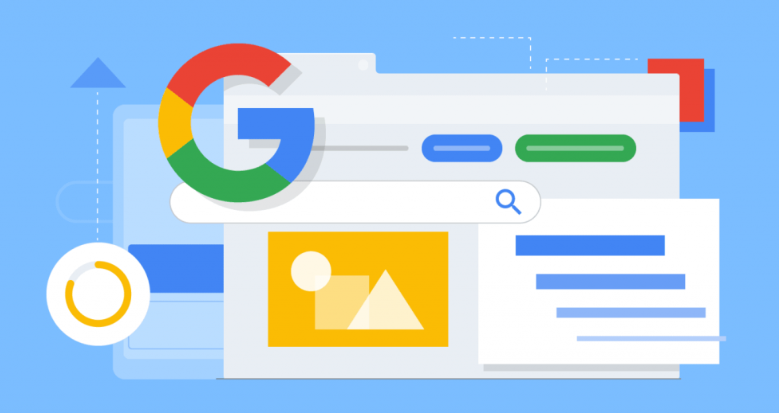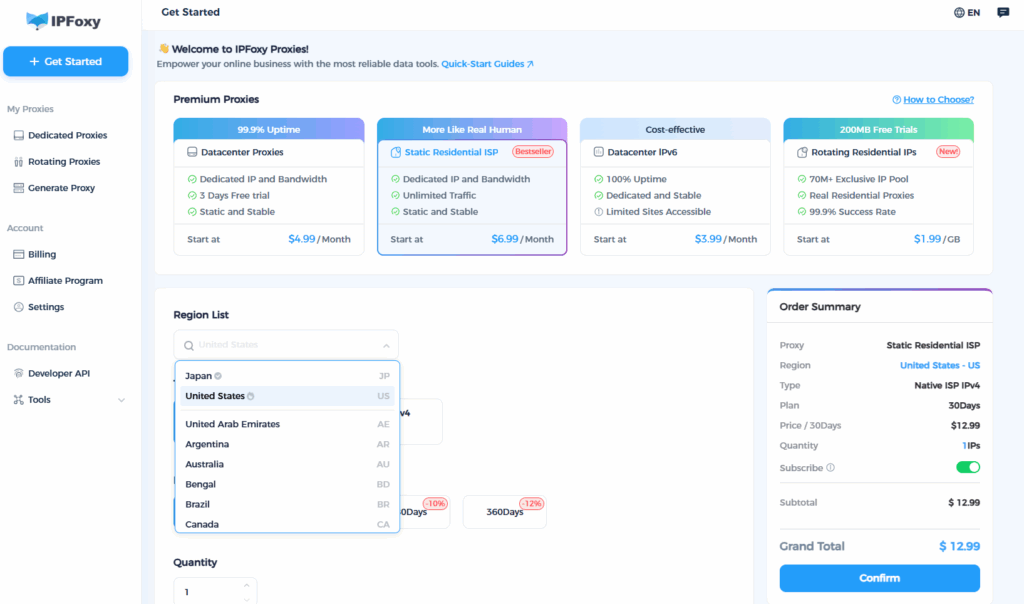Keyword selection isn’t just about piling keywords into a list. For independent websites, the right keywords determine traffic quality, conversion rates, and advertising costs.
This article breaks down “why high-converting keywords matter” and “a step-by-step guide to mining them from scratch” into clear steps, complete with practical tools, screening metrics, and implementation tips. After reading, you can directly turn your keyword pool into a traffic source that drives sales.
I. What Impact Do High-Converting Google Keywords Have on Independent Website Merchants?
1. They Drive “Buyer Traffic” Instead of “Curiosity Traffic”
High-converting keywords usually contain strong purchase intent (e.g., “buy/cheapest/…final price/flash sale” or specific model + “purchase”). Traffic from such keywords is more likely to complete orders on your website, reducing the customer acquisition cost (CAC). For e-commerce, traffic quality is more important than mere traffic volume.
2. Improve Return on Investment for Ads and Organic Search (ROAS / ROI)
Focusing your budget on high-converting keywords significantly boosts ROAS. Conversely, blindly pursuing high-search-volume but low-intent keywords wastes your budget and lowers conversion rates.
3. Enhance User Experience and SEO Landing Page Alignment
High-converting keywords direct users to pages they actually want to see (precisely matching products, prices, and service commitments), reducing bounce rates and increasing conversion rates. Google and Shopping Ads also reward more relevant landing pages/product titles, thereby lowering the cost per click (CPC).
4. Long-Term Value: Boost LTV and Conversion Stability
Precise keywords don’t just drive one-time purchases—they lead to higher repeat purchases and customer lifetime value (LTV). This is because you’re serving people who “truly need the product and are willing to pay for it.”

II. Complete Guide to Mining High-Converting Google Keywords for Independent Websites
1. Preparations
- Clarify product selling points: Price, model, material, usage scenarios, and target audience.
- Map the buyer funnel: Classify keywords into three stages—informational (awareness) → comparative (consideration) → transactional (purchase)—and align them with corresponding pages (blogs, category pages, product pages).
- Geographic search simulation and proxy IP: User search habits vary greatly across countries in independent website operations. Using a proxy IP to simulate search behavior in the target country helps you gain a more authentic understanding of local search keywords. Selecting keywords from the perspective of the target country is more effective than translating keywords chosen domestically.
Note: Prioritize reliable residential/dedicated proxies. IPFoxy provides IP proxy services covering multiple countries, making it suitable for independent website operation teams that need frequent localized verification, price comparison, and large-scale data collection. It supports on-demand country switching for testing, stable competitor data scraping, and quickly helps you complete regional differentiated keyword and price verification.

2. Mine Keywords
- Extract keywords from customer language and products: Identify common terms from customer service records, order notes, FAQs, and product titles (e.g., “women’s waterproof sports watch + model”).
- Use Google Keyword Planner for bulk expansion and volume verification: Input seed keywords to view search volume, seasonality, and related long-tail keywords. Pay special attention to keywords with “purchase intent” (containing root words like “buy/discount/final price/sale”).
- Leverage Google Search Console (GSC): Check which search terms drive clicks, and which pages get impressions/clicks but no conversions.
- Utilize Google Analytics (GA): Combine conversion goals (e.g., order placement, form submission) to identify which pages, traffic sources, and keywords drive “actual actions.”
- Use industry tools to capture competitive trends and long-tail keywords: Focus on keyword difficulty, top competitors, and the type of landing pages they use (product pages, collection pages, blogs). These tools tell you which “low-difficulty, high-intent long-tail keywords” are worth competing for.
- Mine mixed high-intent keywords (paid + organic): Analyze Google Ads bid keywords (to see who’s buying them)—these often reflect “buyer behavior.” Extract root words from competitors’ landing pages and ad copy.
3. Analyze Keyword Intent
Classifying keyword intent helps you select terms that are more likely to convert:
- Informational intent: Users are only researching, e.g., “what is X” or “how to use X.” These keywords typically have low conversion rates.
- Comparative/consideration intent: Users are comparing options, e.g., “X vs Y” or “which is better.” These can trigger purchases but may indicate the user isn’t ready to buy yet.
- Transactional intent: Users have clear purchase,e.g., “buy X,” “X discount,” or “X sale.” This category has the highest conversion rates.
Prioritize transactional or near-transactional keywords when selecting. For example, if your independent website sells electronic devices, “buy [Model XX],” “[Model XX] discount,” and “[Model XX] vs [Model YY]” are top choices.
4. Continuously Optimize, Monitor, and Eliminate Low-Performing Keywords
Once you’ve selected keywords and launched content/pages, your work isn’t done. Mining high-converting keywords is an ongoing optimization process. Be sure to:
- Monitor keyword performance: Use GSC/GA to track key metrics—clicks, impressions, rankings, conversion rates, and bounce rates. Identify which keywords drive conversions, which need optimization, and which should be eliminated.
- Run A/B tests: Test different keywords, page titles, and calls to action (CTA) to see which combination delivers higher conversions. Optimize based on test results.
- Eliminate low-performing keywords: If a keyword gets many clicks but few conversions, it may either misalign with user intent or have a mismatched landing page. Pause its use promptly or improve the page.
- Align content/pages with keywords: Even if you mine great keywords, poor page performance will hurt conversions. Ensure keywords are well-integrated into titles, page descriptions, and product page content. For e-commerce independent websites, optimizing page descriptions, images, and structure is also crucial.
Conclusion
“High-converting Google keywords” for independent websites aren’t a matter of luck—they’re the result of systematic work. Treat this process as a regular task and review it monthly. Over time, your keyword pool will transform from a “blind list” into a “sales-driving tool.”


